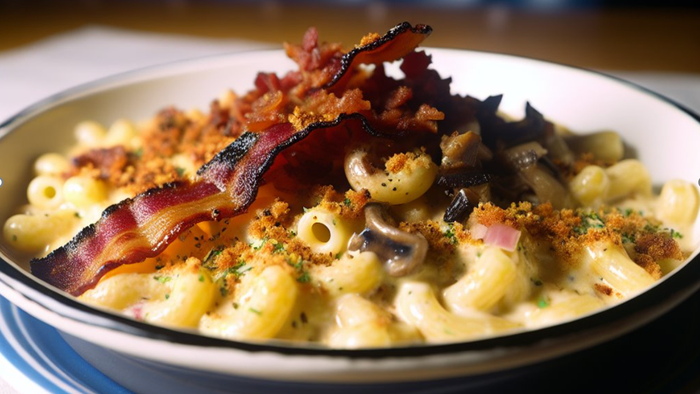Six Tips to Better Understand Delivery ChargesSix Tips to Better Understand Delivery Charges
June 20, 2016

Some of us will only fly Southwest Airlines if possible. There’s way less hassle involved with changing a flight, and there are no extra charges for checking bags. Other airlines really feast on added charges, but Southwest has found a way to be very profitable without them.
Caterers who charge extra for a piece of cheese on a sandwich or for substituting a brownie for a cookie in a box lunch may be doing more harm than good. In the drop-off catering business, however, there is one added-charge area where savvy operators make money, and that is with delivery charges.

Customers do understand that it costs money for your company to deliver their food on time. These costs are above and beyond the normal expenses for food, labor, and packaging. It is reasonable to add a delivery charge for each drop off catering order. As with any extra charge, care has to be taken, so take the following guidelines into consideration as you think about delivery charge theory.
1) First check competitor's delivery charges. You don't want to be the only one who charges $30 when everyone else is at $20 or below.
2) Consider a flat rate for all deliveries, regardless of distance. Note the success the Post Office has had with flat rate Priority Mail marketing. You can always tack on a surcharge for a true long distance order. Prix fixe is the way to go!
3) Alternately, you could have two or three delivery charge tiers, based on distance.
4) Ensure the customer is notified up front about the delivery charge. No one likes surprises.
5) Check local state taxing regulations to see if you should charge sales tax on the delivery fee. Some customers don’t like paying even a few cents of extra sales tax if it is not mandated by your state.
6) If you pick up some equipment later, don't add another charge for this service. Customers are usually annoyed by this practice.
If you don’t already charge a delivery fee, think about the impact that even an extra $10 per invoice would have on your gross income. If you have 10 orders per day, then that’s $100 per day, $500 per week or $25,000 per year. That certainly would be nice to have in your checking account at the end of the year!
Michael Rosman is a member of the Catersource consulting team. If you would like information about him coming to your business to address your specific needs, please email Carl Sacks at [email protected]. His book, Lessons Learned From Our Mistakes – and other war stories from the catering battlefield is available through the Catersource store.
You can visit Michael’s website at www.TheCorporateCaterer.com email [email protected].







